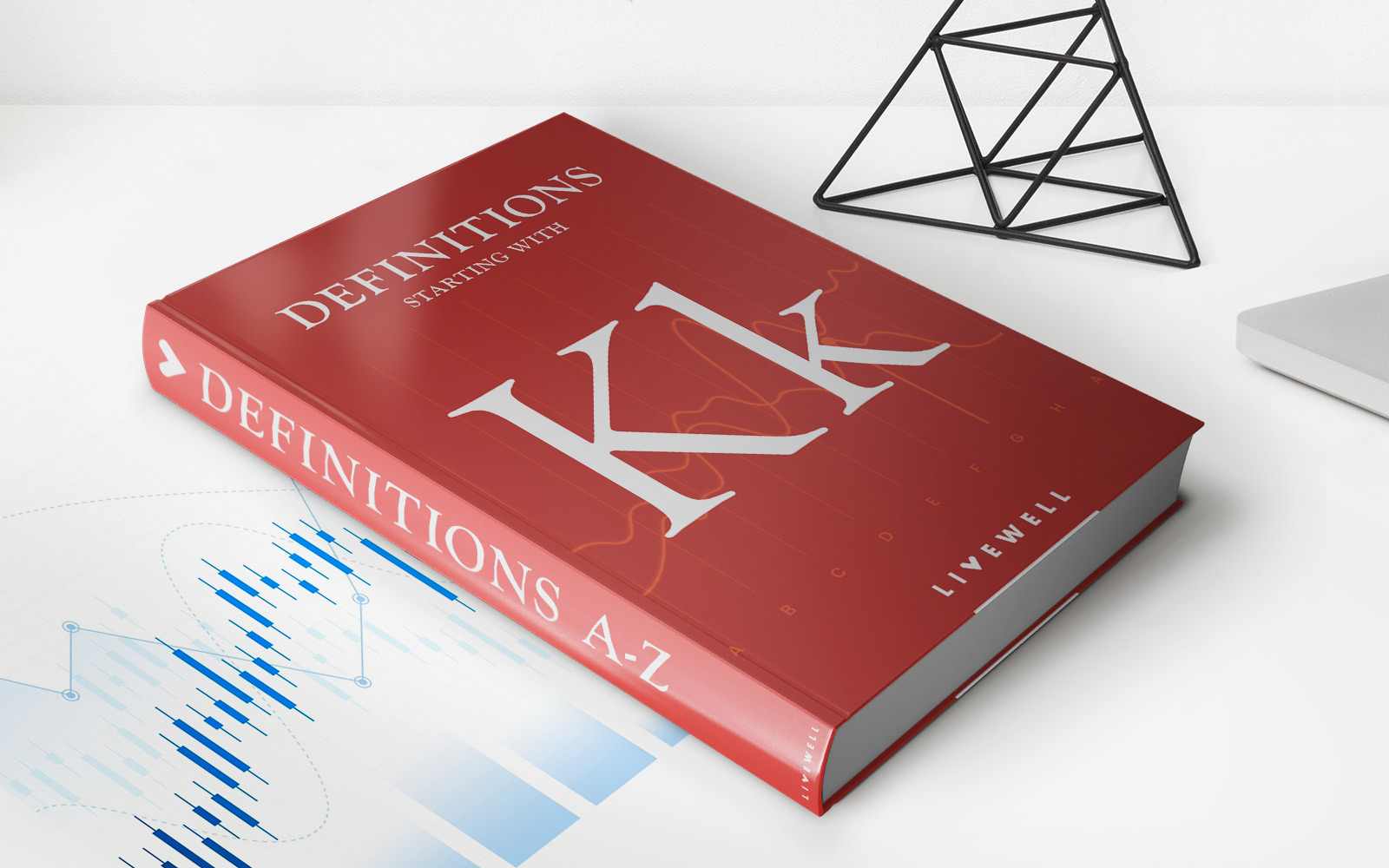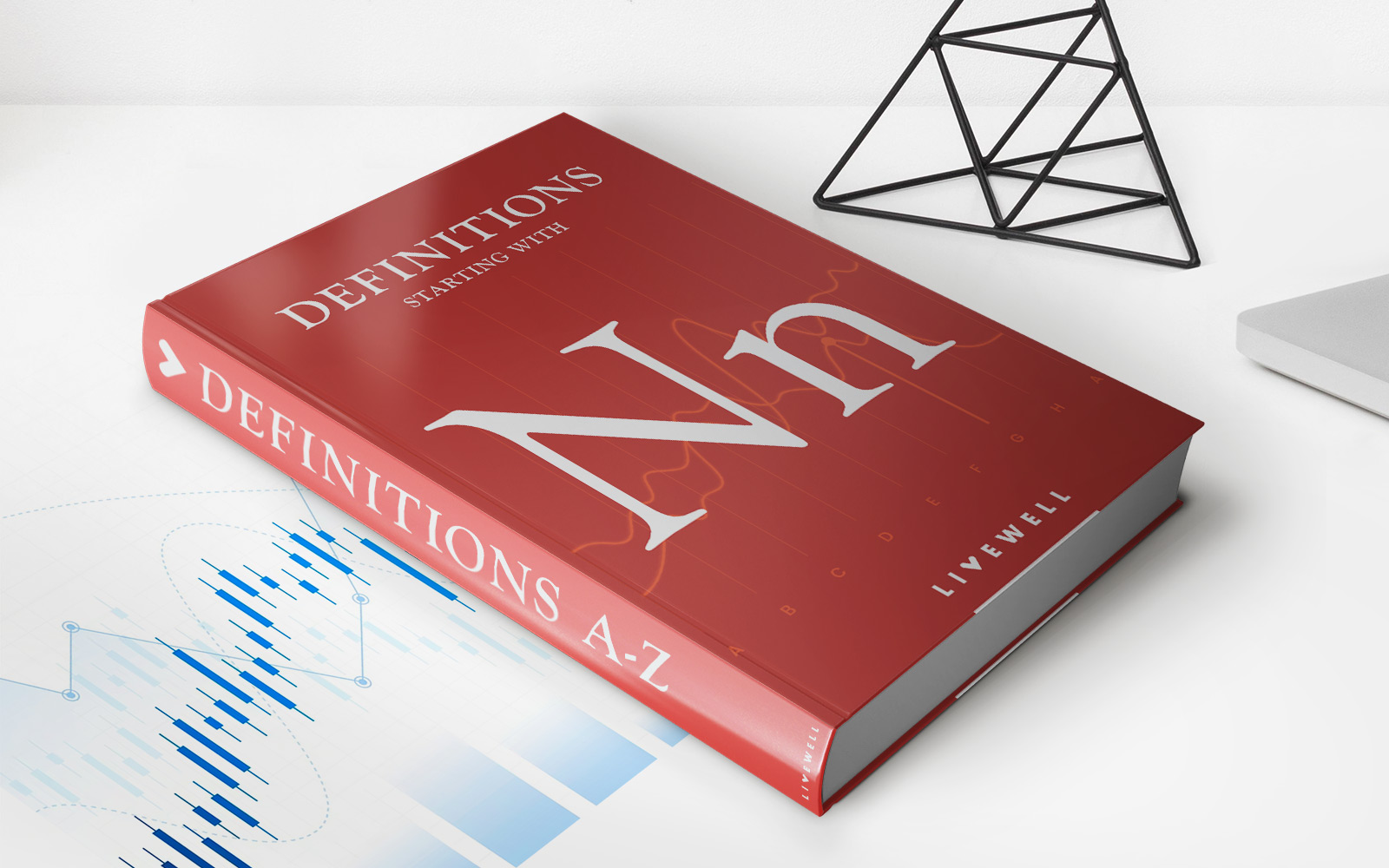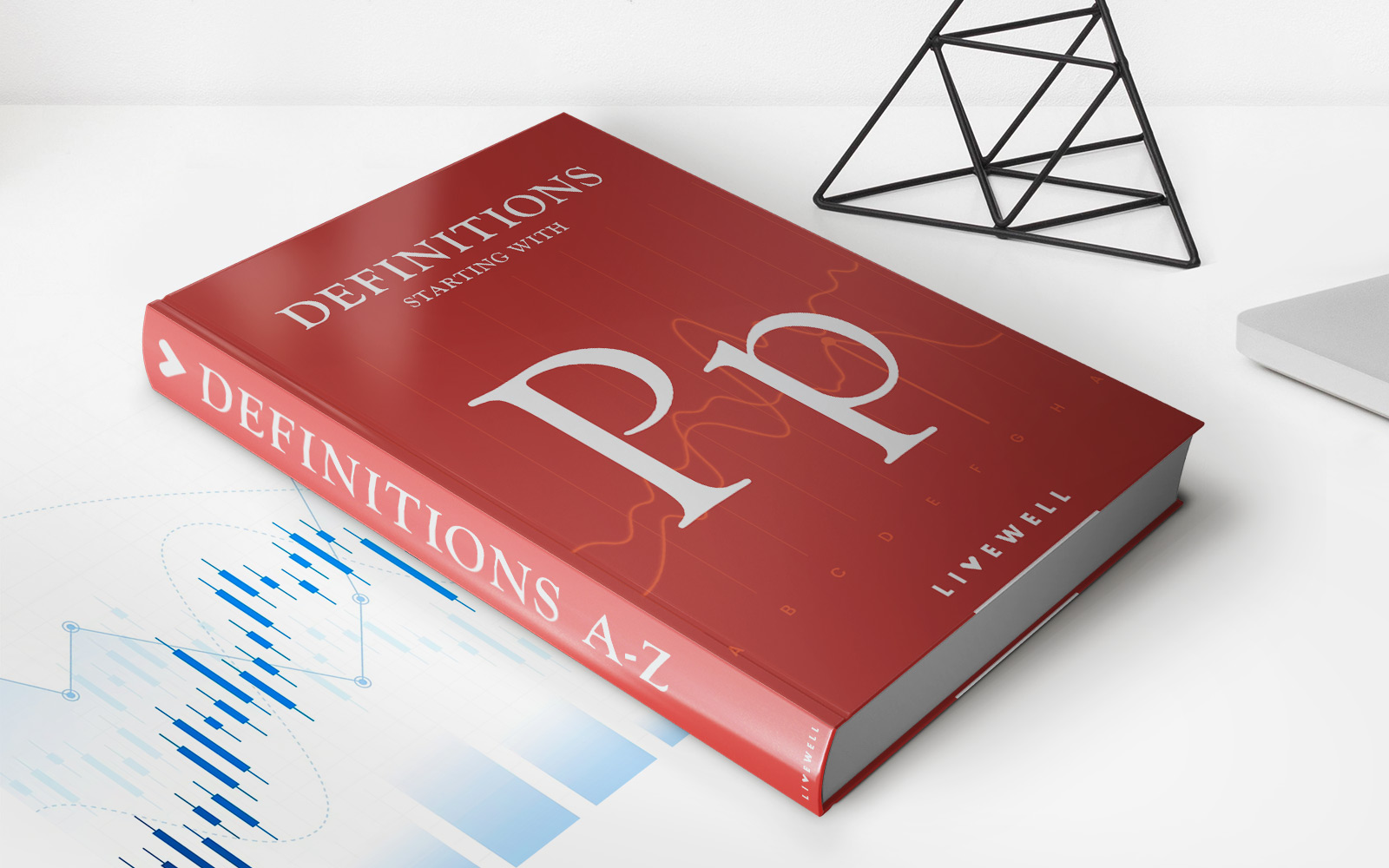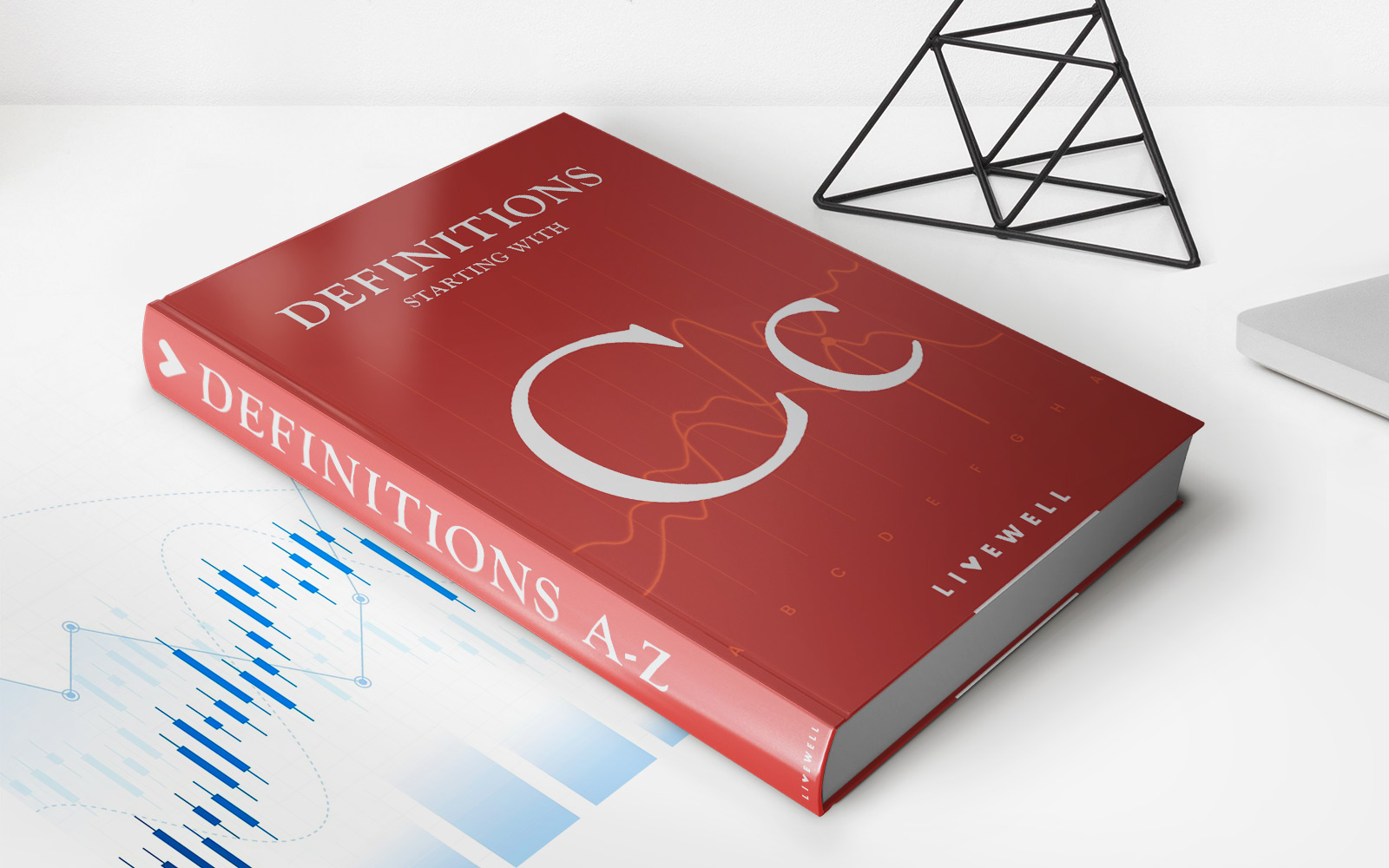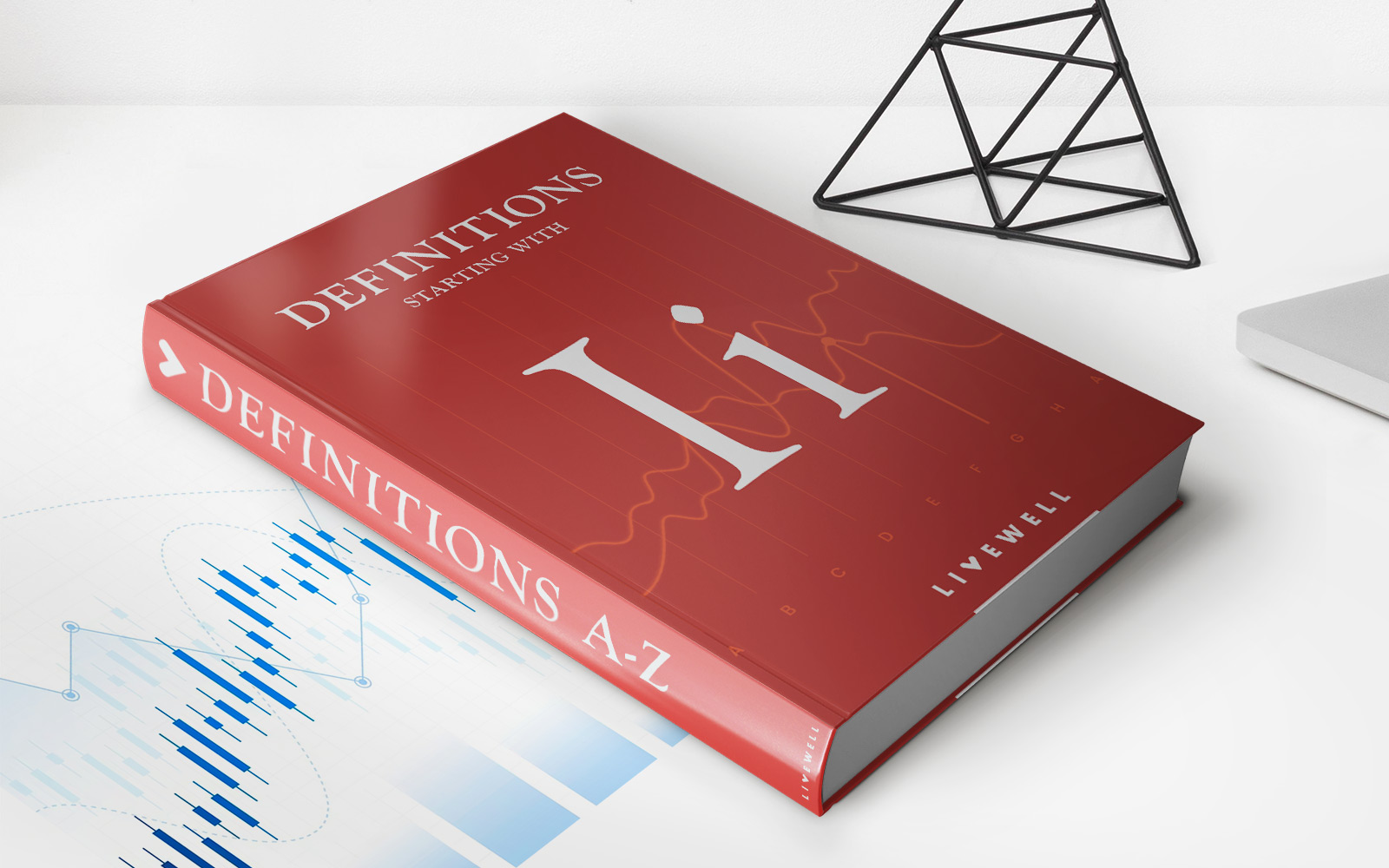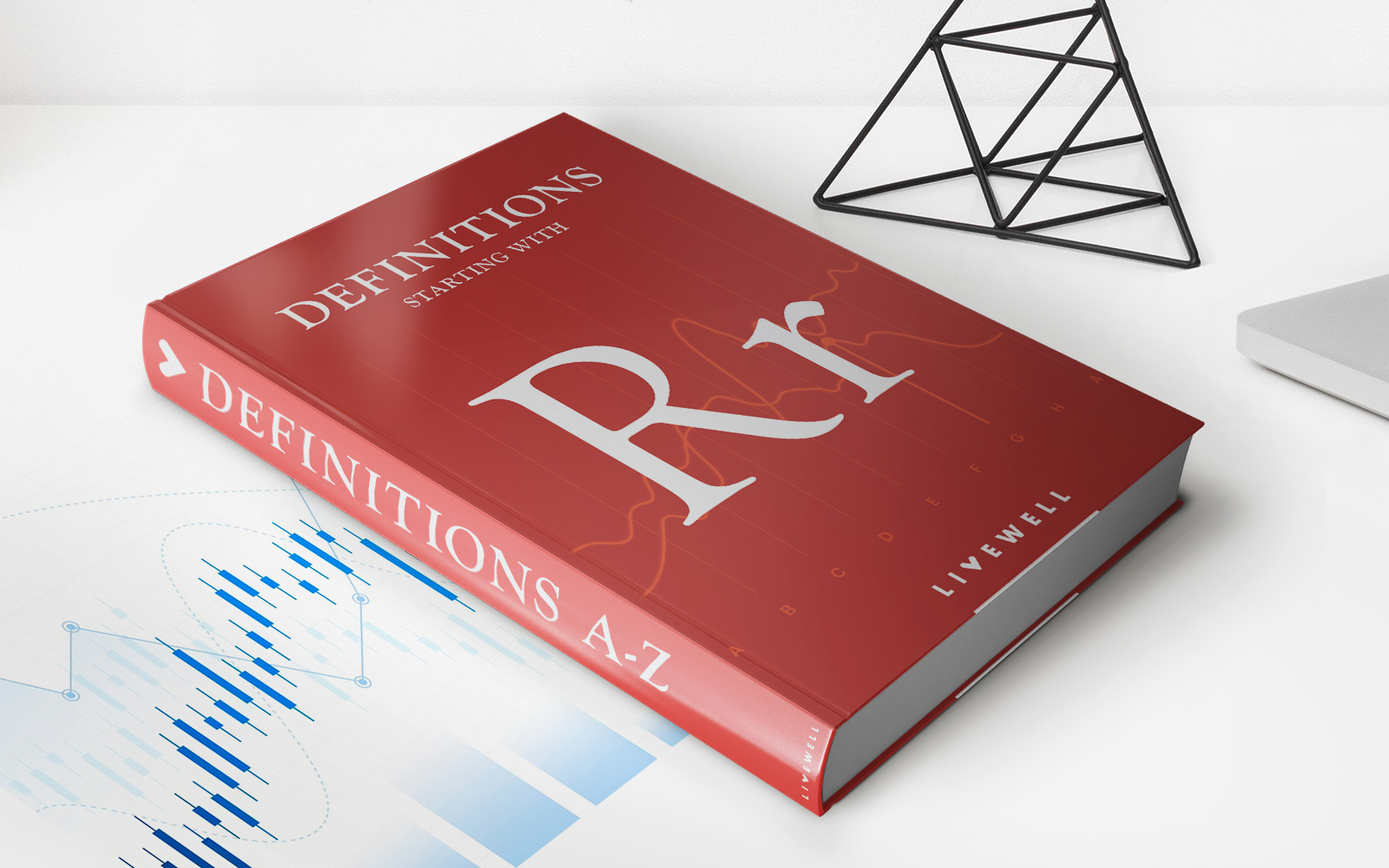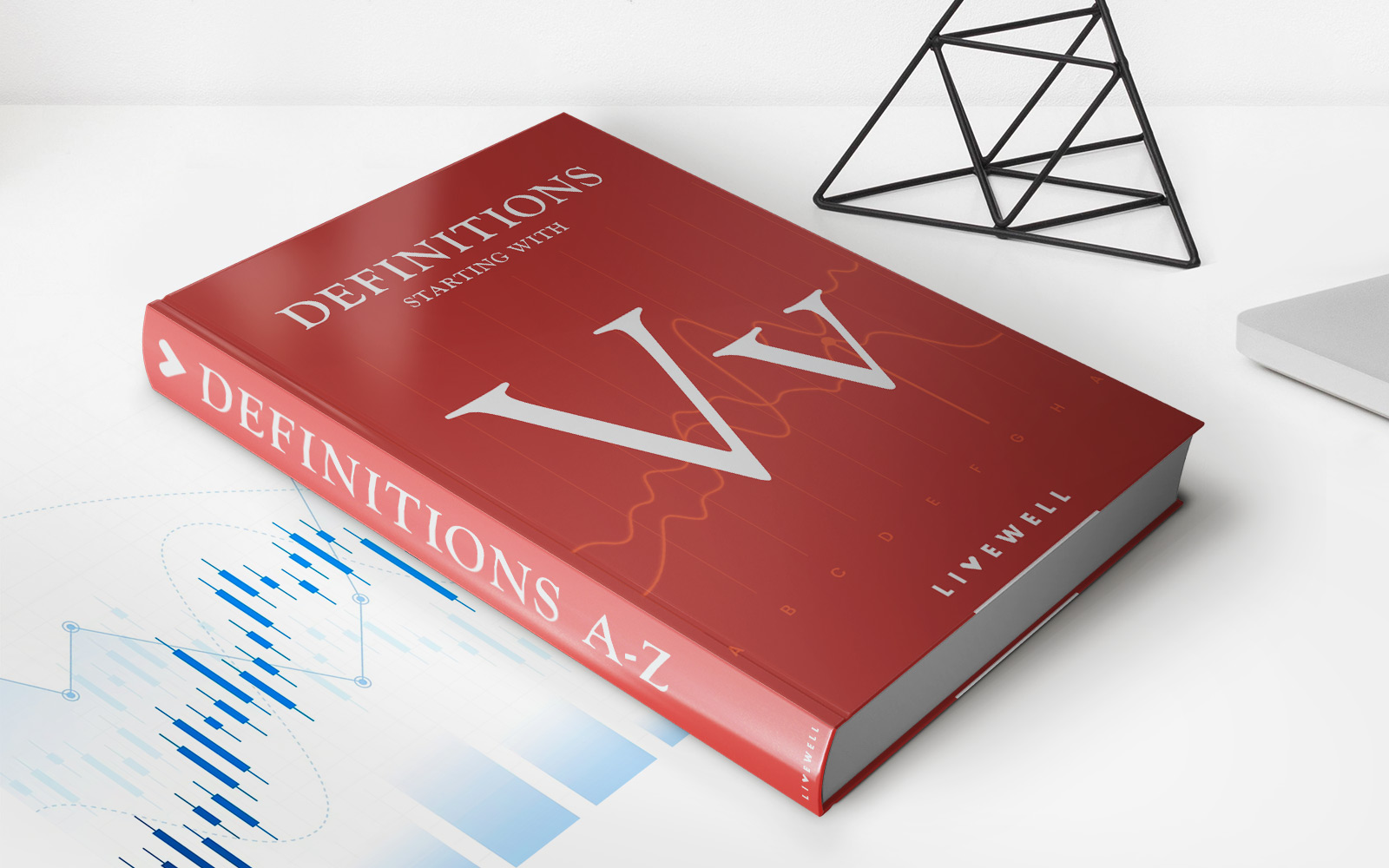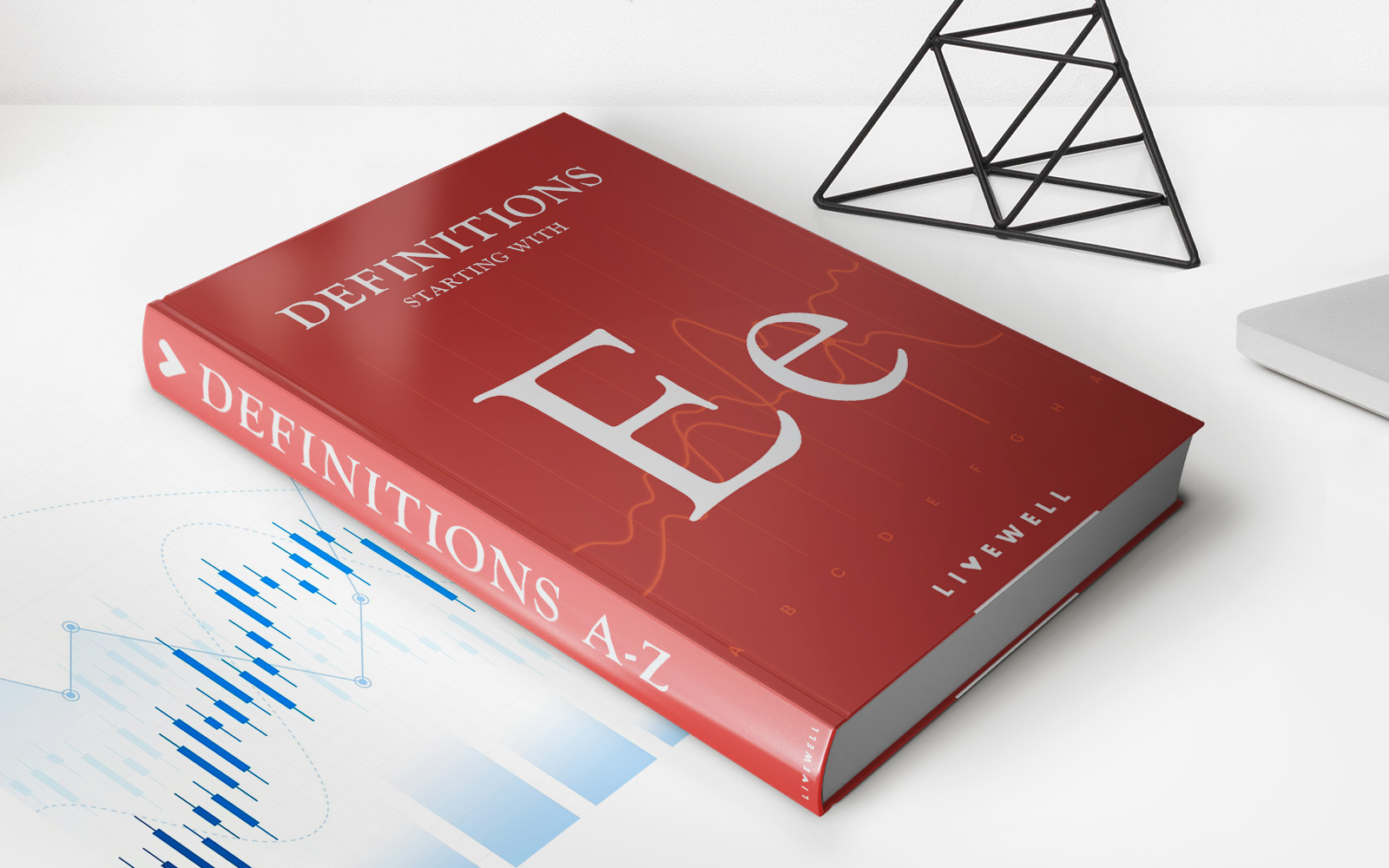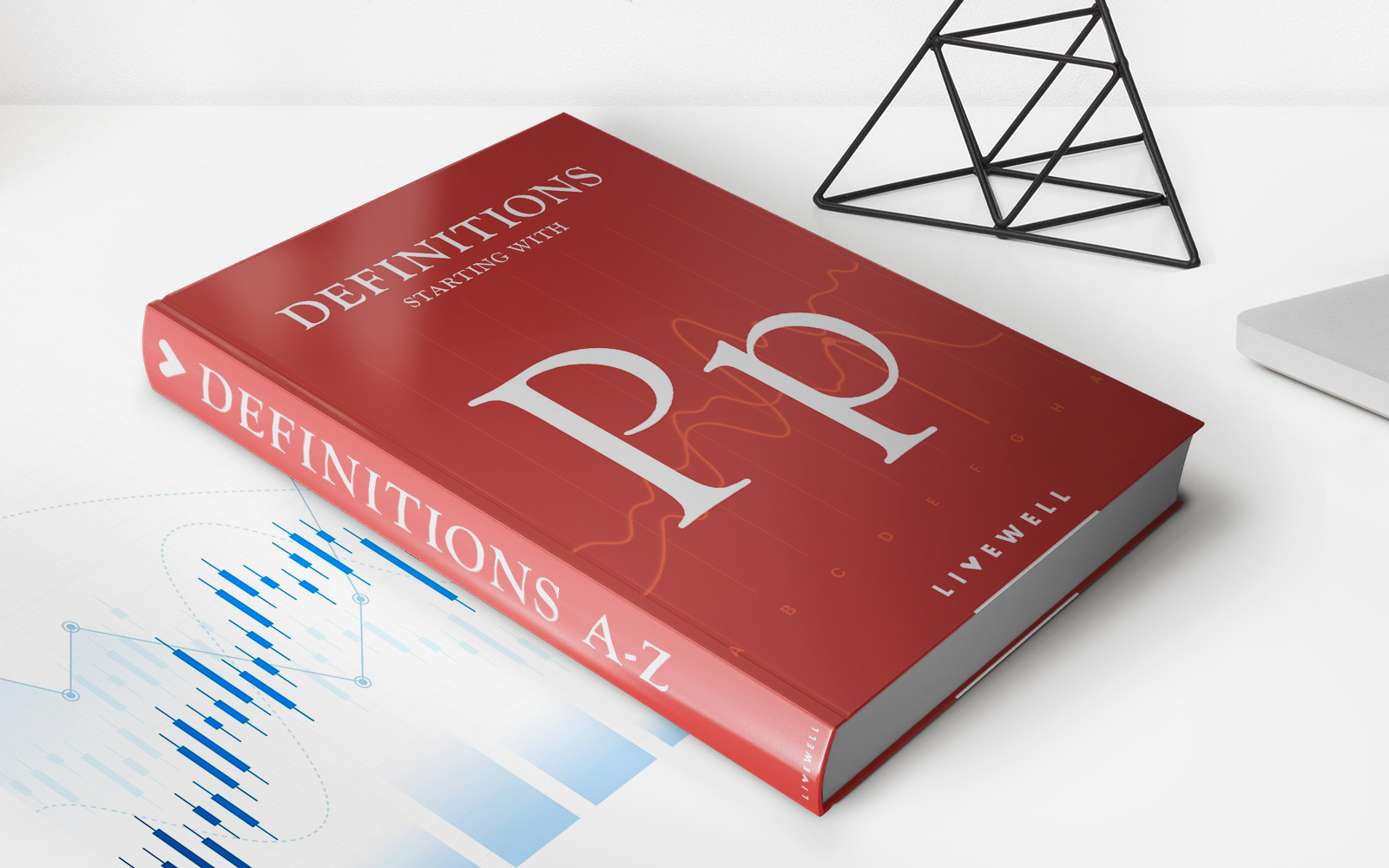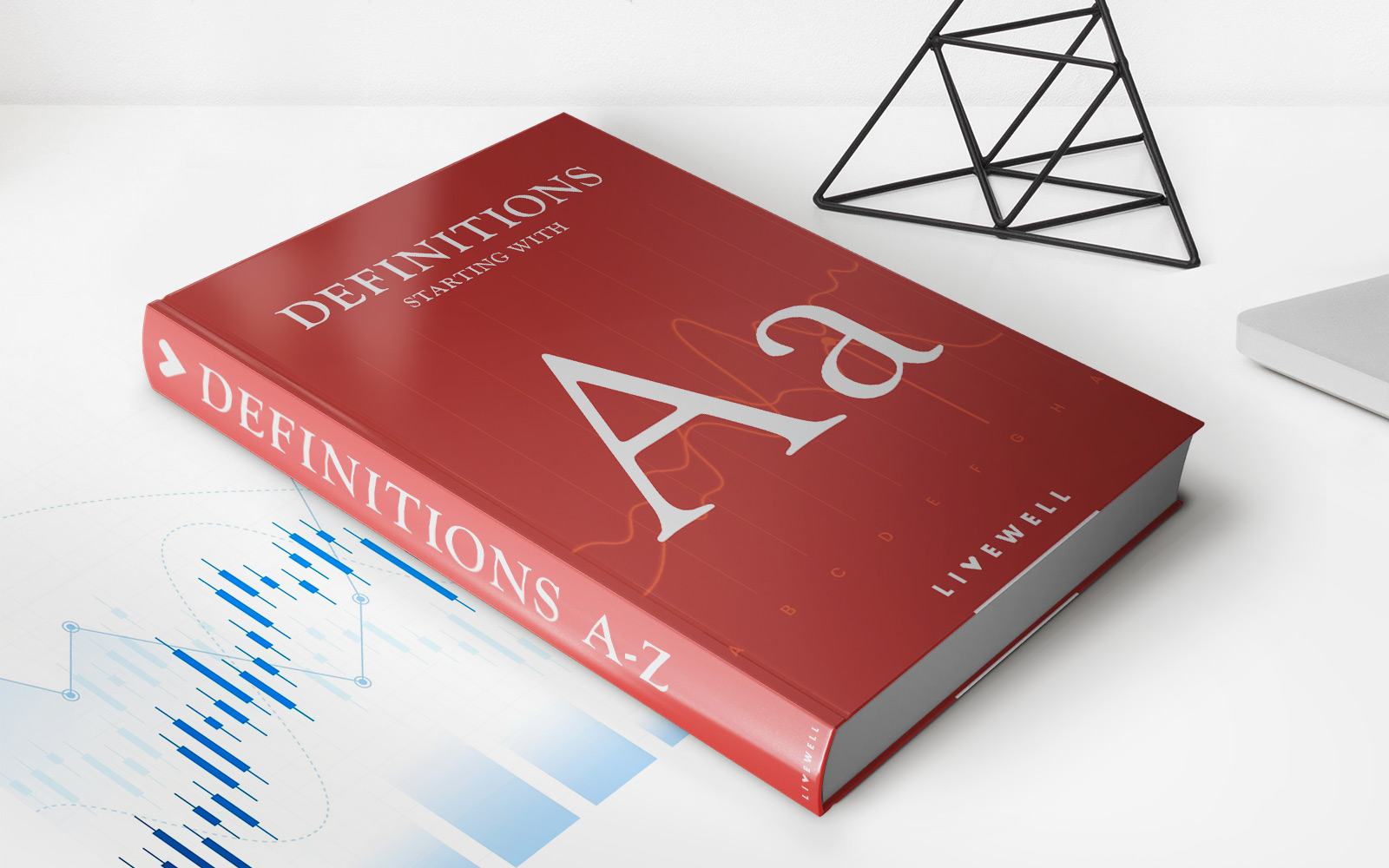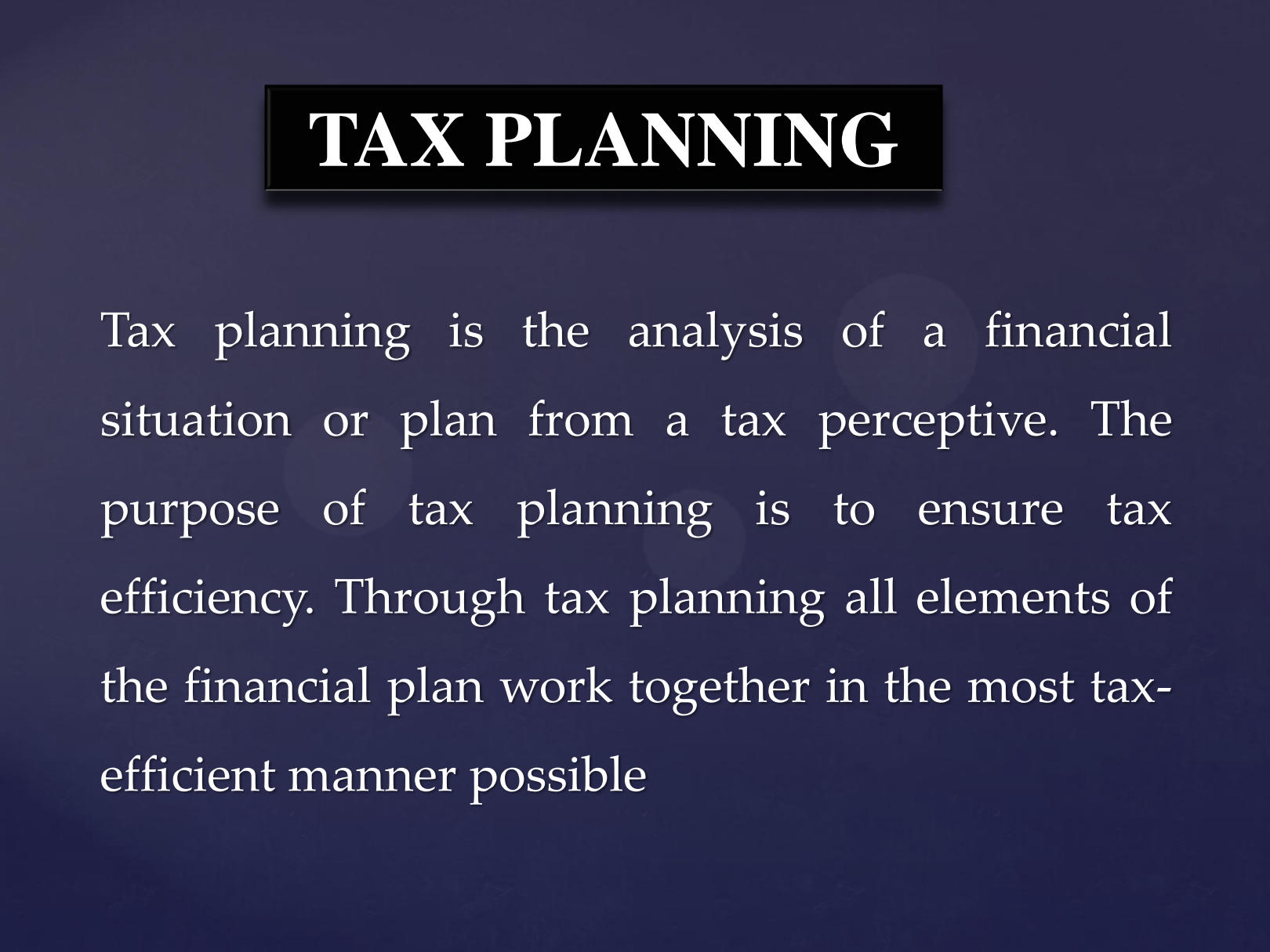Home>Finance>Price Rate Of Change (ROC) Indicator: Definition And Formula
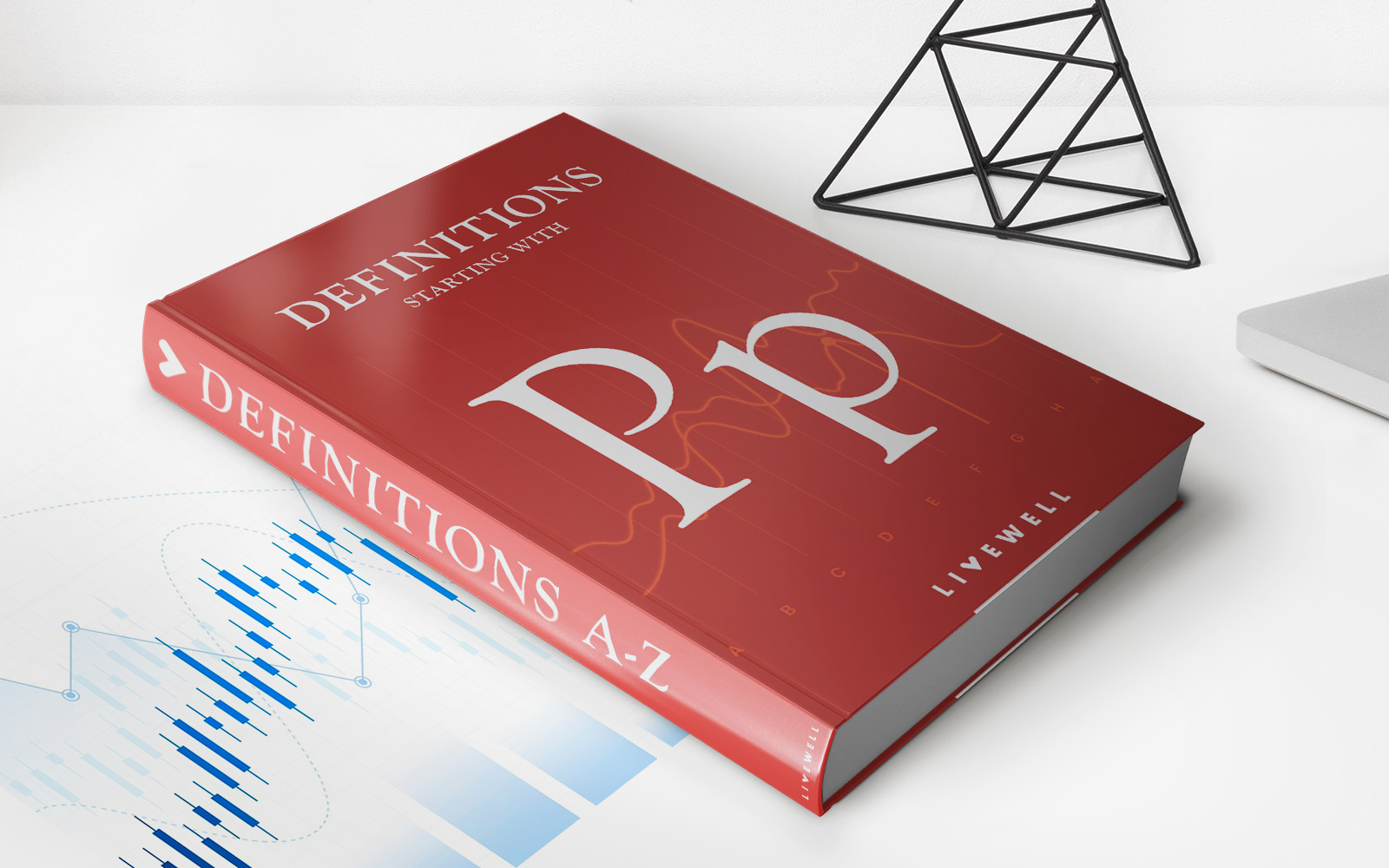

Finance
Price Rate Of Change (ROC) Indicator: Definition And Formula
Published: January 11, 2024
Discover the definition and formula of the Price Rate of Change (ROC) indicator in finance. Learn how this indicator measures the rate of price movement.
(Many of the links in this article redirect to a specific reviewed product. Your purchase of these products through affiliate links helps to generate commission for LiveWell, at no extra cost. Learn more)
A Crash Course on the Price Rate of Change (ROC) Indicator: Definition and Formula
In the world of finance, understanding different indicators and measures is crucial for making informed investment decisions. One such indicator is the Price Rate of Change (ROC). If you’re new to the world of finance or looking to expand your knowledge, you’re in the right place. In this blog post, we’ll provide a comprehensive guide to the Price Rate of Change (ROC) indicator, explaining its definition, formula, and how it can be used to analyze market trends.
Key Takeaways:
- The Price Rate of Change (ROC) indicator measures the speed at which the price of an asset is changing over a given period of time.
- The ROC formula is calculated by taking the difference between the current price and the price a certain number of periods ago, divided by the price a certain number of periods ago, and multiplying it by 100 to express the value as a percentage.
Definition and Formula:
The Price Rate of Change (ROC) indicator, also known as simply ROC or Price ROC, is a momentum oscillator that measures the speed at which the price of an asset, such as stocks, bonds, or commodities, is changing over a specified period of time. It helps traders and investors identify the strength and direction of price movements.
The formula for calculating the ROC is relatively simple:
ROC = [(Current Price – Price n periods ago) / Price n periods ago] * 100
In this formula, “Current Price” represents the most recent price of the asset, while “Price n periods ago” refers to the price of the asset at a certain number of periods in the past. The result is multiplied by 100 to express the value as a percentage.
Using the Price Rate of Change (ROC) Indicator:
The Price ROC indicator can be used in various ways to analyze market trends and make trading decisions. Here are a few ways it can be beneficial:
- Identifying Overbought and Oversold Conditions: The ROC indicator can help traders identify when an asset is overbought (ROC above 0) or oversold (ROC below 0). This information can provide insights into potential price reversals.
- Divergence Analysis: By comparing the price movement with the movement of the ROC indicator, traders can identify divergences, which occur when the price and indicator move in opposite directions. Divergence analysis can be a useful tool for predicting trend reversals.
- Trend Confirmation: When the ROC indicator aligns with the direction of the price trend, it can provide confirmation of the trend’s strength. A rising ROC value during an uptrend or a falling ROC value during a downtrend often signifies a strong trend.
- Entry and Exit Points: Traders can use ROC crossovers with specific threshold levels to determine potential entry and exit points. For example, a buy signal may be generated when the ROC crosses above a certain positive threshold, while a sell signal may be generated when the ROC crosses below a negative threshold.
It’s important to note that the ROC indicator is not a standalone tool and should be used in conjunction with other technical analysis tools and indicators to make well-informed trading decisions.
Conclusion:
The Price Rate of Change (ROC) indicator is a valuable tool for traders and investors to analyze price movements and identify potential trend reversals. By understanding its definition, formula, and various applications, you can incorporate this indicator into your trading strategy and improve your decision-making process. Remember to use the ROC in conjunction with other technical analysis tools for more accurate results. Happy trading!
